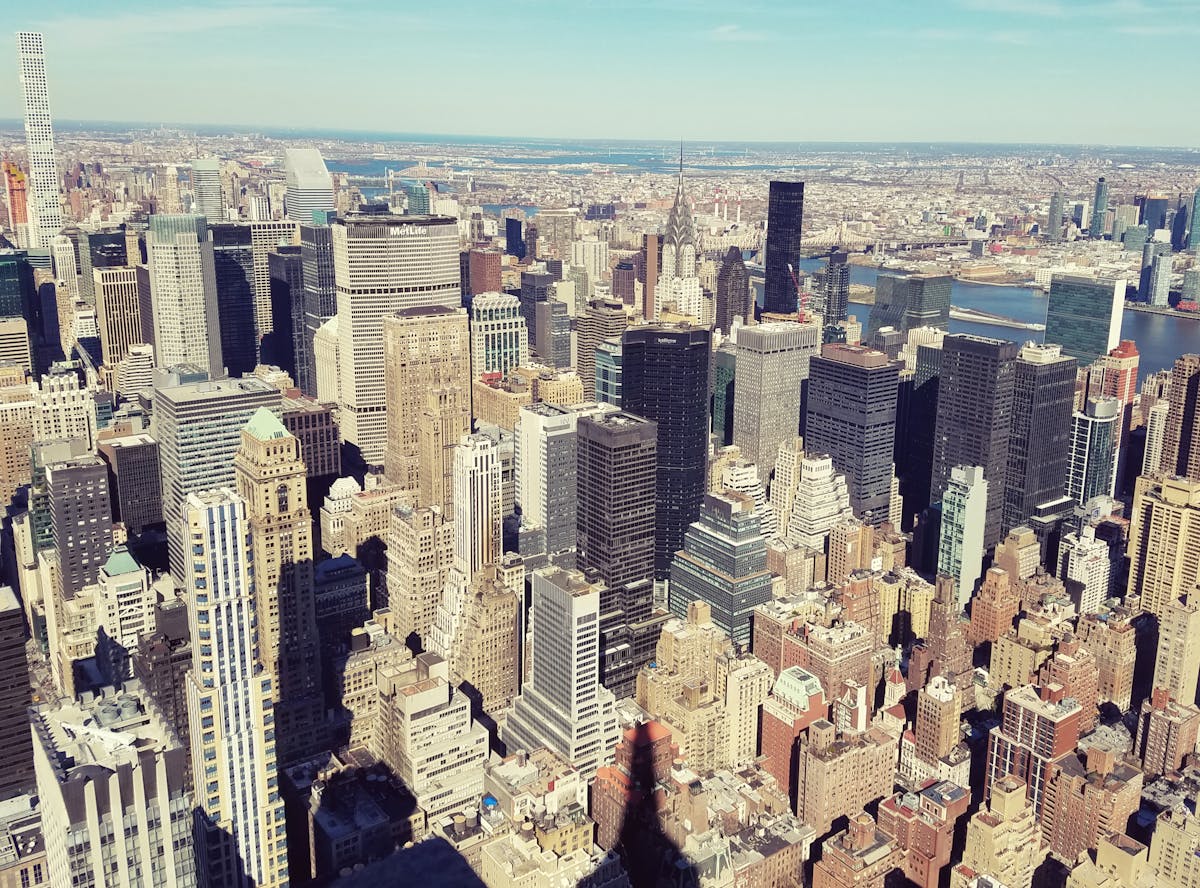The Statue of Liberty stands proudly in New York Harbor, an enduring symbol of freedom, democracy, and hope for millions around the world. But the story behind this colossal copper figure, often affectionately called Lady Liberty, is as rich and complex as the ideals she represents. It’s a tale of ambitious vision, transatlantic cooperation, and a remarkable fundraising effort that captured the hearts of two nations. Understanding her origins reveals not just a feat of engineering, but a powerful narrative of cultural exchange and shared aspirations.
From French Gift to American Symbol
The concept for the Statue of Liberty originated in France with anti-slavery activist Edouard de Laboulaye in 1865. He proposed a monument celebrating the alliance between France and the United States, and importantly, the abolition of slavery in America, suggesting it be a joint effort. French sculptor Frederic Auguste Bartholdi took on the ambitious project, envisioning a colossal statue that would welcome immigrants and embody the spirit of liberty.

Bartholdi’s design was grand – a robed female figure holding a torch high and clutching a tablet inscribed with the date of the American Declaration of Independence. The scale was unprecedented for a statue of its kind. The agreement was clear: France would fund and build the statue itself, while the United States would be responsible for constructing the massive pedestal it would stand upon. This division of labor set the stage for unique challenges on both sides of the Atlantic.
A Colossus Takes Shape: Engineering and Construction
Creating a copper sculpture of this size required groundbreaking engineering. Bartholdi initially struggled with how to support the vast copper skin while allowing it flexibility against the harsh harbor winds. He turned to the renowned French engineer Alexandre Gustave Eiffel. Yes, the same Gustave Eiffel who would later design the iconic Eiffel Tower.
Eiffel devised an ingenious internal framework of iron and steel. This skeletal structure supported the copper plates, which were only about the thickness of two pennies. The framework allowed the copper skin to move independently of the structure due to temperature changes and wind, preventing cracking. This innovative approach was crucial to the statue’s longevity and stability. The copper sections were hammered into shape using the repoussé technique, a painstaking manual process.
By July 1884, construction of the statue itself was complete in France. Lady Liberty towered over Parisian rooftops, a magnificent sight awaiting her journey across the ocean.
The American Challenge: Funding the Pedestal
Meanwhile, across the Atlantic, the American half of the project faced significant hurdles. Funding the enormous granite pedestal proved to be a slow and difficult task. Despite various efforts – including benefit theatrical events, art exhibitions, auctions, and prizefights – donations lagged.

It was in 1883 that poet Emma Lazarus contributed her now-famous sonnet, “The New Colossus,” to an art and literary auction held to raise funds for the pedestal. Her powerful words, particularly the lines “Give me your tired, your poor, / Your huddled masses yearning to breathe free,” would later become synonymous with the statue’s meaning, though they did not gain widespread recognition immediately.
Despite these creative efforts, by 1885, the project was in jeopardy due to lack of funds. Stepping in was Joseph Pulitzer, the publisher of the New York World newspaper. Understanding the statue’s symbolic importance, Pulitzer launched a bold public fundraising campaign. He published daily appeals in his paper, promising to print the name of every single donor, no matter how small the contribution.
This grassroots campaign ignited public enthusiasm. Ordinary citizens, from schoolchildren to laborers, responded generously. Over 120,000 people donated, many giving less than a dollar. This collective effort successfully raised over $100,000 (equivalent to millions today), securing the necessary funds to complete the pedestal. This fundraising drive itself became a powerful demonstration of popular support for the ideals the statue represented.
For many planning a visit to this iconic landmark, understanding this history adds depth to the experience. Getting ready to visit? Learn more about how to [visit statue of liberty] today.
The Transatlantic Voyage and Reassembly
Once funded and completed, the Statue of Liberty was carefully dismantled into 350 individual pieces, packed into 214 crates, and shipped across the Atlantic aboard the French frigate Isère. The journey took several weeks.

Upon its arrival in New York Harbor in June 1885, the ship was met with great fanfare. However, the pedestal on Bedloe’s Island (later renamed Liberty Island) was not yet finished. The crates containing the statue remained in storage for nearly a year while architect Richard Morris Hunt’s pedestal design was completed.
What to Eat in Fort Worth – A Culinary Deep Dive
Discover the Top Restaurants in Denver – A Culinary Journey
Discover Where to Visit in Las Vegas
Reassembling the colossal figure was a monumental task. Workers painstakingly reconstructed Eiffel’s iron framework and then attached the copper skin pieces to it. The process took several months, transforming the island’s skyline piece by piece. The anticipation in New York City and across the nation grew as Lady Liberty slowly rose.
Considering a trip? Knowing the options for getting there is key. Find out about taking a [ferry ride to statue of liberty]. Alternatively, you might look into options for a [boat to statue of liberty].
Dedication and Enduring Legacy
Finally, on October 28, 1886, the Statue of Liberty was formally dedicated in a grand ceremony presided over by President Grover Cleveland. It was a major national event, marked by parades, naval reviews, and speeches. Bartholdi himself was present, witnessing the realization of his vision.
The statue quickly became an indispensable part of the New York Harbor landscape and a beacon for millions of immigrants arriving at nearby Ellis Island. Emma Lazarus’s sonnet was eventually inscribed on a plaque inside the pedestal in 1903, cementing its association with the American immigrant experience.
Over the decades, the Statue of Liberty has evolved in its symbolism, representing not just the friendship between nations or the abolition of slavery, but universal ideals of freedom, opportunity, and welcome. She has weathered storms, undergone renovations, and continued to inspire visitors from around the globe. Whether viewed from a distance or up close, the sight of Lady Liberty remains a powerful reminder of these enduring values.
Even for non-English speakers, the Statue holds immense significance. Many resources exist to help visitors; for example, information is available in German for those looking to learn how to [freiheitsstatue besichtigen]. Regardless of language, the icon speaks volumes. Exploring the island and the pedestal offers a deeper connection to the history and engineering marvel.
Visiting the base and perhaps climbing into the crown allows for a unique perspective and appreciation for the scale and craftsmanship. Knowing the history of the fundraising, the design by Bartholdi and Eiffel, the words of Emma Lazarus, and the journey across the sea enhances the experience of standing before this magnificent structure. She truly is more than just a statue; she is a living symbol, her story intertwined with the fabric of American history and the hopes of people worldwide.
To see [lady liberty] up close is a truly moving experience, connecting you to generations who saw her as their first glimpse of America and the promise of a new life.
Conclusion
The Statue of Liberty is a masterpiece born from international goodwill, artistic vision, engineering brilliance, and the collective effort of countless individuals. From the initial idea in France to the grassroots fundraising in America and the painstaking reassembly on Liberty Island, her journey reflects the very spirit of perseverance and collaboration she embodies. She stands not just as a monument to the past, but as a constant reminder of the ongoing quest for freedom and the power of welcome. A visit to her island is a journey through history, culture, and the enduring symbol that is the Statue of Liberty.
